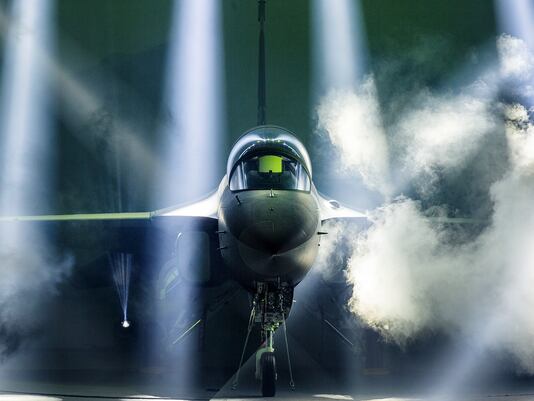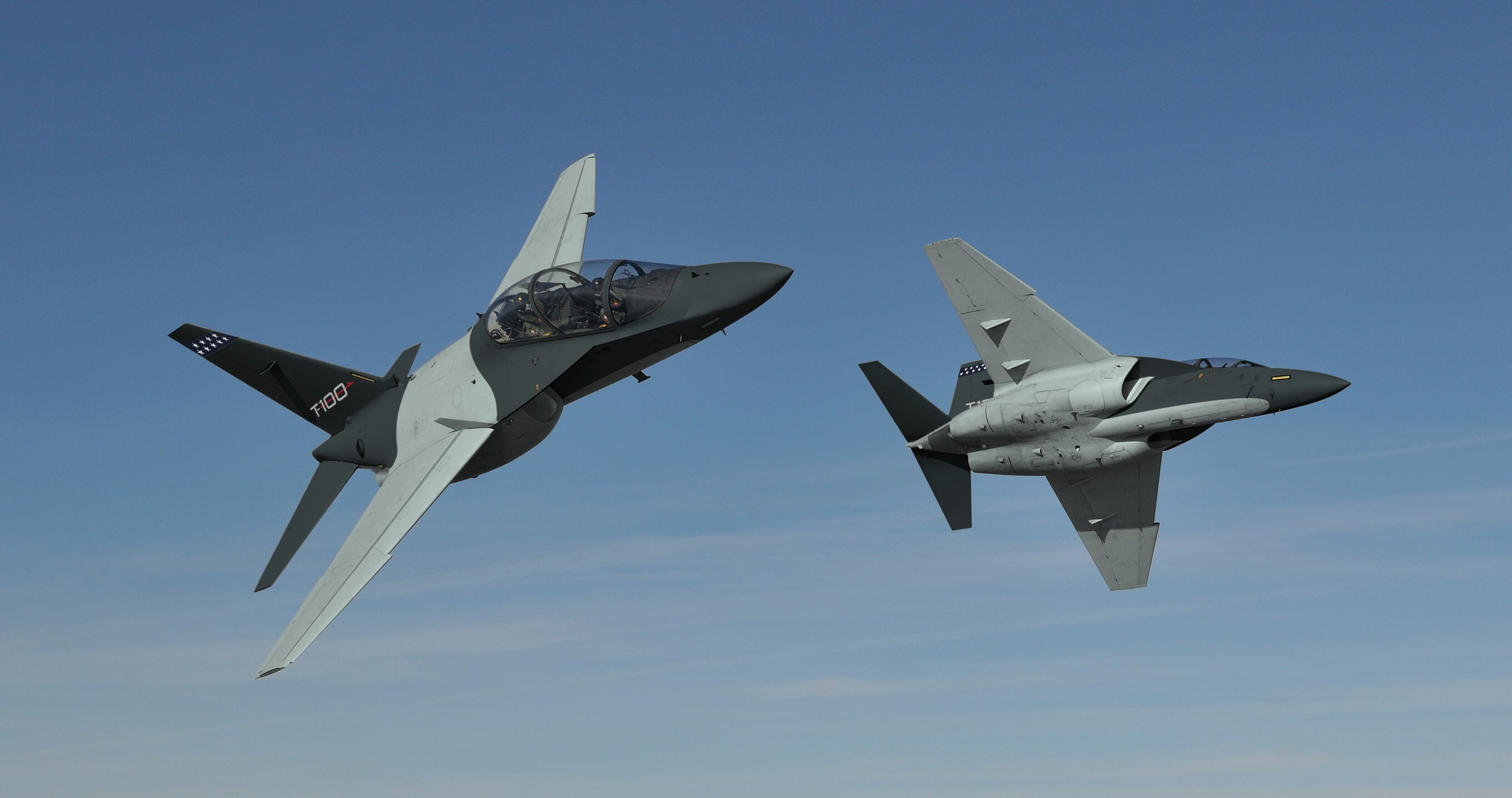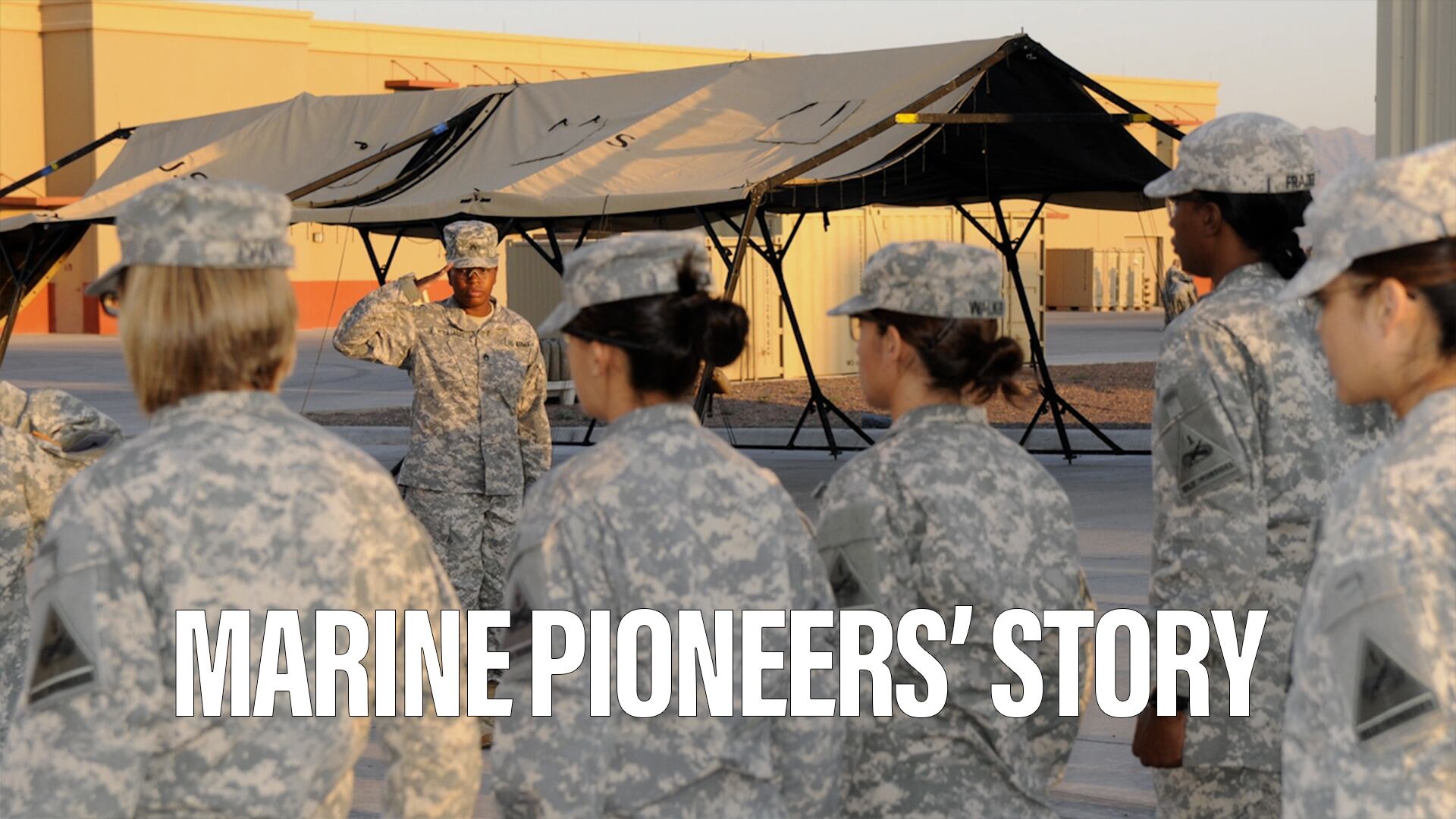WASHINGTON — Leonardo DRS has named a new head of its T-100 program, who will be responsible for leading the development and of the T-100 if the company wins the T-X trainer contract later this year.
Marc Lindsley, an Air Force veteran with more than 15 years of experience at Northrop Grumman, has been appointed vice president of T-100 programs, DRS announced Monday.
“Marc is a proven leader with extensive industry and military experience who has consistently demonstrated an ability to lead major programs and commands,” said Bill Lynn, CEO of Leonardo DRS. “We are excited to have Marc join our team where his leadership strengths and knowledge of aerospace systems will be tremendous assets in both the capture and execution of the T-X program,” Lynn said.
RELATED
Leonardo DRS is one of three major teams competing for the Air Force’s T-X contract, estimated to be worth approximately $16.3 billion. Leonardo DRS’s T-100 is based on the M-346 trainer developed by DRS’ parent company, Italian defense firm Leonardo. Also partnered with Leonardo DRS on the T-100 are Honeywell and CAE, who will manufacture the aircraft’s F-124 engine and ground-based training system, respectively.
Meanwhile, Boeing and Saab have put forward a new clean sheet design, and have developed and flown two production-representative prototypes. Lockheed Martin has opted to partner with Korean Aerospace Industries, putting forward a version of KAI’s T-50 jet trainer dubbed the T-50A.
Interestingly, Lindsley helped lead a competing bid for the T-X program. During his time at Northrop, he spent more than six years “overseeing all aspects of the company’s T-X program including aircraft development and the competitive capture strategy,” according to the DRS statement. Northrop dropped out of the T-X program in February after its CEO Wes Bush hinted that the company’s offering could not
During his time in the Air Force, Lindsley held leadership roles as the deputy director for surveillance and reconnaissance, as well as acting as the service’s deputy chief of staff for air and space operations.
RELATED

The Air Force expects to award a T-X contract by the end of the calendar year. The entire program of record would include at least 350 jets for the U.S. Air Force, but the competing companies expect to sell hundreds more planes to the countries who buy the F-35.
Earlier this year, Lynn talked with Defense News about what he sees as the major strengths of the T-100: A low price point and a proven, mature design already in use by two F-35 customers.
“As the RFP [request for proposals] was developed, it evolved more and more to a focus on price, and I think the Leonardo-DRS combination is best positioned to get to that lowest price,” he said in a March 7 interview.
RELATED

Should Leonardo DRS emerge victorious, it plans to spend at least $200 million on an assembly center at Moton Field in Tuskegee, Alabama, where the T-100 will undergo structural sub-assembly, final assembly and check out. The company believes it could generate 750 full-time jobs in Alabama over a 10-year period beginning in 2019.
Valerie Insinna is Defense News' air warfare reporter. She previously worked the Navy/congressional beats for Defense Daily, which followed almost three years as a staff writer for National Defense Magazine. Prior to that, she worked as an editorial assistant for the Tokyo Shimbun’s Washington bureau.








